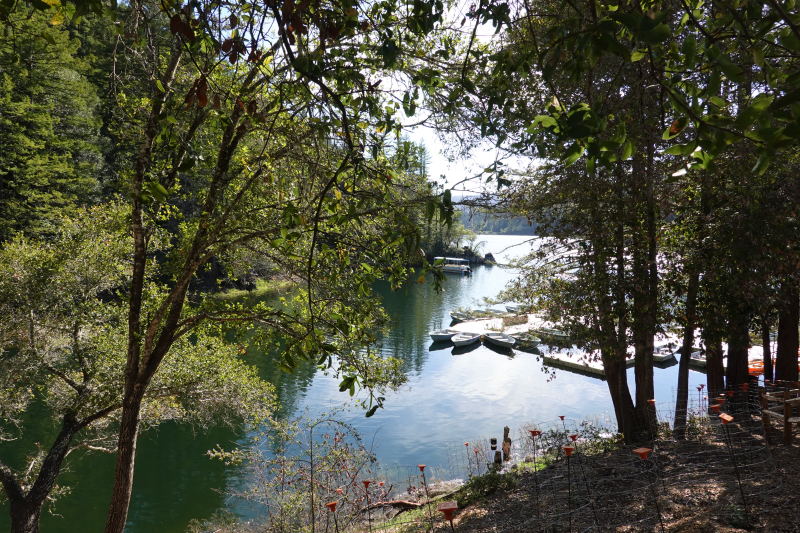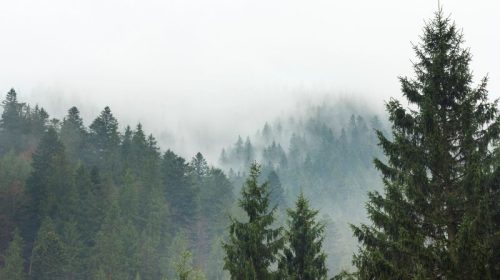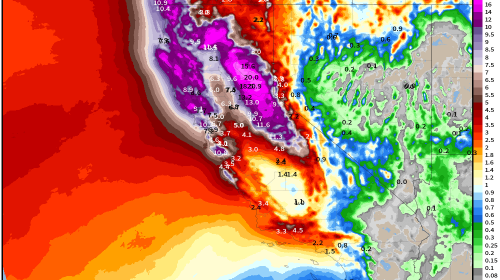Regional Water Resource Management: The Big Picture
Mark Dolson
In November, I wrote about the challenges facing the San Lorenzo Valley Water District (SLVWD) as it strives to ensure a reliable water supply for future customers. This month, I want to focus on the larger context: the San Lorenzo Valley, Scotts Valley, and Santa Cruz all share the same watershed, and there are four key areas in which we potentially need to jointly adapt to change: (1) supply, (2) demand, (3) technology, and (4) oversight.
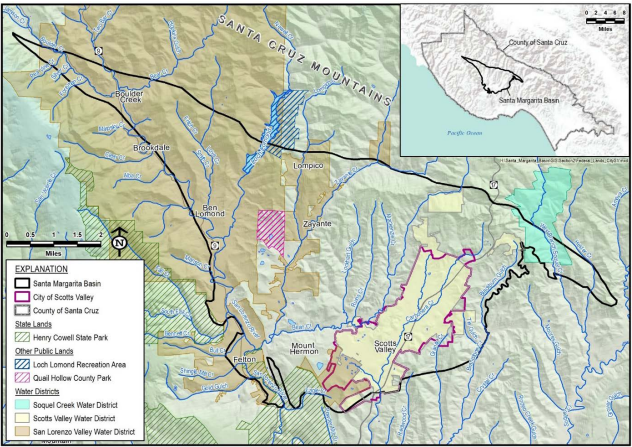
Supply
Our regional water supply is derived entirely from rainfall. We access this either via surface water sources (creeks for SLVWD, primarily the San Lorenzo River for Santa Cruz) or groundwater sources (wells for SLVWD, Scotts Valley, and private well owners). In principle, the Pacific Ocean could also be a source for Santa Cruz, but this would depend on desalination, which currently lacks popular support.
The good news is that most current climate models do not anticipate a significant long-term reduction in local rainfall. However, they do project increased variability. To cope with this, we don’t necessarily need new water sources, but we may need increased storage capacity to carry us through longer dry spells.
Santa Cruz currently relies upon Loch Lomond to store San Lorenzo River water pumped up from Felton during the wet season. This water is used when minimum flow requirements (aimed at protecting fish) prevent the city from meeting its needs directly from the river. However, this storage capacity may not be adequate for an extended drought.
Scotts Valley pumps its water from the Lompico aquifer, and this aquifer is currently in overdraft. Due to conservation, groundwater levels in the Lompico aquifer are no longer declining, but an extended drought could reverse this progress, in violation of the State’s Groundwater Sustainability Act.
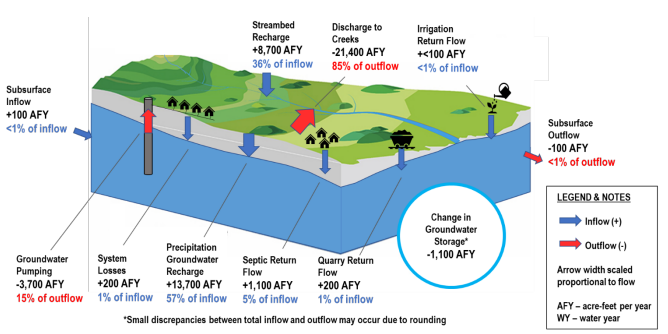
(Average from Water Year 1986 through 2018)
SLVWD relies on a mix of surface water, the Lompico aquifer (in the south), and the Santa Margarita aquifer (for its Quail Hollow and Olympia wells). Happily, SLVWD’s Conjunctive Use Plan should enable it to cope with greater variability in rainfall by minimizing its overall reliance on groundwater. We can also stretch our supply further by minimizing leakage and restoring fire-damaged infrastructure.
Demand
Increased demand can have the same impact as decreased supply. Demand can increase due to drought (which promotes increased outdoor watering) or population growth. Surprisingly, though, there has been little correlation between population growth and water consumption in our region. This is because we have been remarkably effective at improving our water conservation, and we still have opportunities to do even better. Consequently, increased demand is not currently a major concern.
Technology
Aside from desalination, three key areas of technological innovation are attracting substantial local attention. The first of these is conservation, which has particularly benefited from drought-tolerant landscaping and low-flow appliances, and which can continue to improve.
The second important innovation lies in treating wastewater for reuse. Currently, state law limits the use of treated wastewater unless it is first stored underground for at least six months, but advanced treatment systems may eliminate this requirement. Reuse could then become the easiest way to effectively expand our supply.
A third innovation, currently being explored by both Santa Cruz and Scotts Valley for storing treated wastewater underground, is Aquifer Storage and Recovery. In general, underground water storage is complex and expensive, and multiple years of analysis and experimentation will be required to assess its local feasibility. There are no plans for doing this in the San Lorenzo Valley.
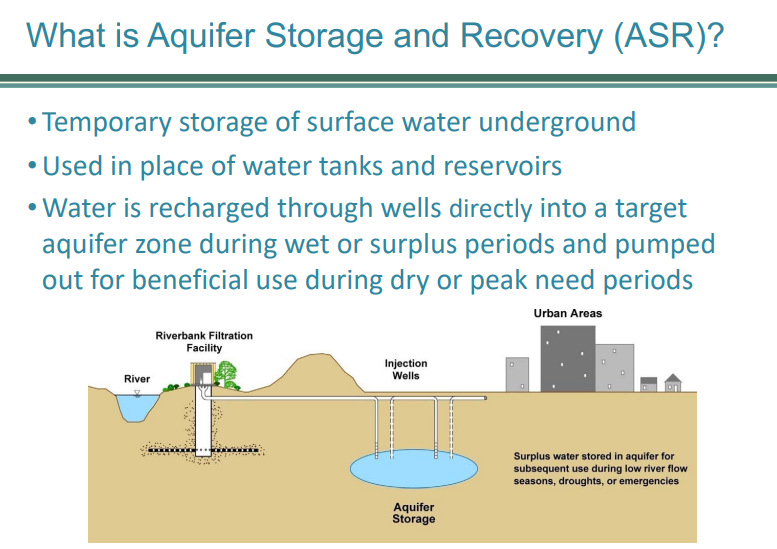
Oversight
Lastly, regional water management can be dramatically impacted by changes in oversight such as new regulations, new partnerships, or new district boundaries. For example, the state imposes numerous mandates on local water districts to ensure adequate attention to concerns like water quality, environmental protection, and groundwater conservation. The state also encourages smaller water districts to consolidate with larger neighboring districts.
The primary governmental body collaborating on local water issues is the Santa Margarita Groundwater Agency, but there is a natural tendency for decisions to preferentially reflect the needs of those participants with the most constituents, resources, and expertise. As we all work together to respond to ongoing changes in supply, demand, technology, and state requirements, it will be important to develop collaborative processes that explicitly address regional equity as well.
Mark Dolson is a member of the local citizens’ group Friends of San Lorenzo Valley Water (FSLVW), but he is writing here as a private citizen. FSLVW articles, initiatives, and Board meeting summaries are available online at: friendsofsanlorenzovalleywater.org.
Featured photo of Loch Lomond by Julie Horner
The San Lorenzo Valley Post is your essential guide to life in the Santa Cruz Mountains. We're dedicated to delivering the latest news, events, and stories that matter to our community. From local government to schools, from environmental issues to the arts, we're committed to providing comprehensive and unbiased coverage. We believe in the power of community journalism and strive to be a platform for diverse voices.

